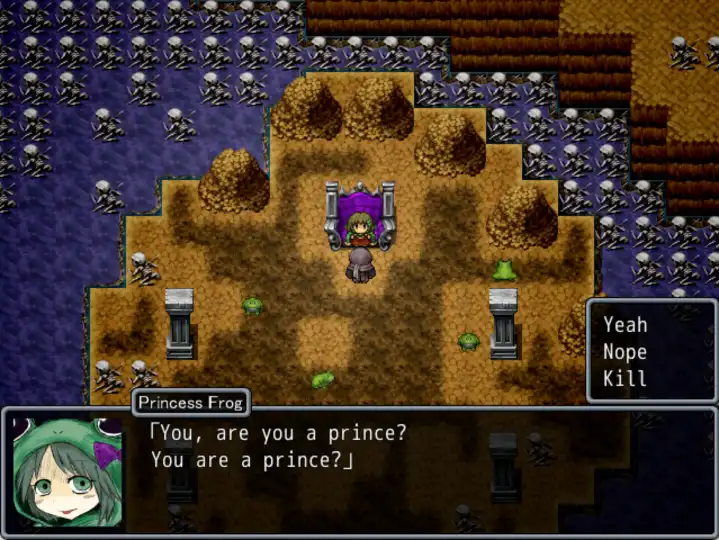As someone who has spent a lot of time playing BLACK SOULS, I can understand why some of the game’s achievements feel controversial. Achievements that require you to kill the demonbeast forms of companions like Jeanne and Emma can feel depressing, almost like the game is rewarding you for making terrible choices or for failing.
Table of Contents
However, based on community discussions and my own playthroughs, there appears to be a specific design philosophy behind these seemingly cruel objectives. They aren’t meant to reward failure, but rather to encourage the full exploration of every possible narrative path.
How to Get the “Bad Fate” Achievements
Exploring Both Good and Bad Fates
The core design of the game seems to encourage players to uncover the different fates of each companion, which includes both their “good” and “bad” outcomes.
- Good Fate: A companion’s good fate is typically achieved by keeping them alive until the end of the game. This allows you to trigger their unique character ending.
- Bad Fate: The achievements for a companion’s bad fate often require specific actions and are not just a result of playing poorly. For instance, to get the achievement for killing Red Hood’s beast form, you must kill her when you first meet her. Simply killing her later in a place like the Hotel Poseidon will not trigger the achievement.
Achievements as Motivation for Discovery
These “depressing” achievements act as hints that these hidden, tragic storylines exist in the first place, motivating players to explore different choices and witness the full spectrum of consequences. In this sense, they reward discovery and exploration rather than just skill.
This is similar to how the game rewards you with an achievement for getting the “bad” Ending B. The goal is to experience what could have happened, even if the outcome is grim. For players who are motivated by completing all achievements, these markers provide a clear reason to replay the game and see all the content the developers have created.

